Trikonasana Benefits and How to Perform It
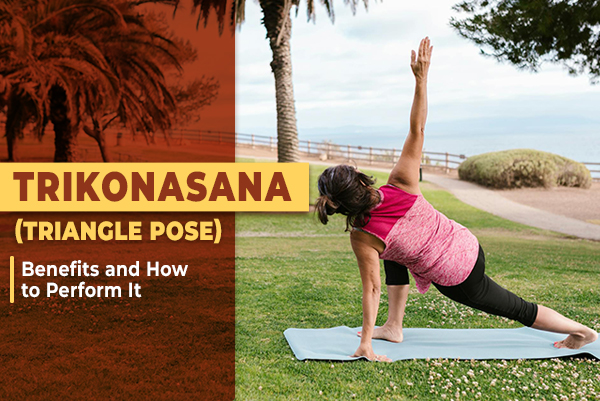
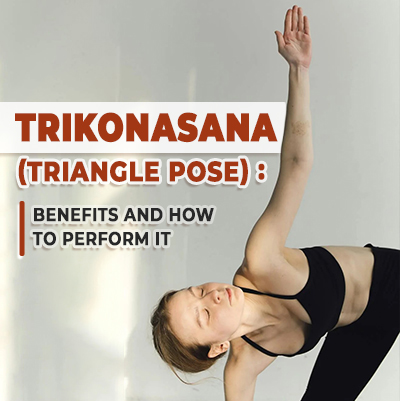
Table of Content
What You Need to Know About Triangle Pose (Trikonasana)
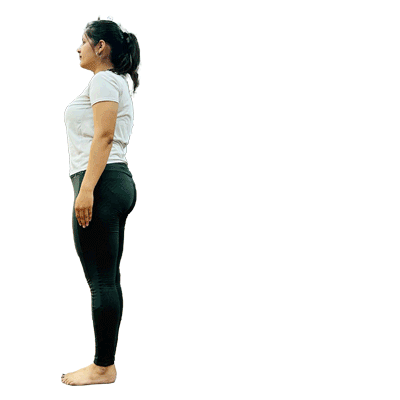
Triangle pose, also known as Trikonasana, is an excellent asana for beginners who have just started their yoga journey. Nonetheless, intermediate and advanced yogis can also practice this asana, and it is thereby known as Utthita Trikonasana or Extended Triangle Pose. This asana primarily targets the hamstrings, hips, groin, and chest.
As the name suggests, it forms a triangle. One triangle is formed between your front and back leg and the floor on the mat, and another triangle is formed between your front leg and front arm and the side of the body, as shown in the picture.
In Sanskrit, “tri” means “three,” “kon” means “angle,” and “asana” means “posture.”
How To Do
It’s a very easy pose if you do it as instructed but very complicated if you do it without proper guidance, and there may be a chance that you might injure yourself. So, always practice asanas under your Yoga Instructor’s guidance. Let’s understand how we can do this asana to get the maximum benefit out of it.
- Step 1: Stand in samasthiti (a state of equilibrium) or at attention.
- Step 2: Open your legs in such a way that there is a distance of 3-4 feet between your legs.
- Step 3: Open both the arms in such a way that they are parallel to the ground and palms facing towards the ground/mat.
- Step 4: Now rotate your right foot outside so that it is now parallel to the arms and the left foot should remain as it was in posture no#2.
- Step 5: Take one deep inhale and then while exhaling bend your upper body towards the right side, in such a way that it is at a right angle to the lower body and parallel to the mat.
- Step 6: With your right palm, grab your right ankle and hold the posture while looking up.Make sure your head and arm are in a straight line. Gaze at your fingers.
- Step 7: Repeat the process on the left side.
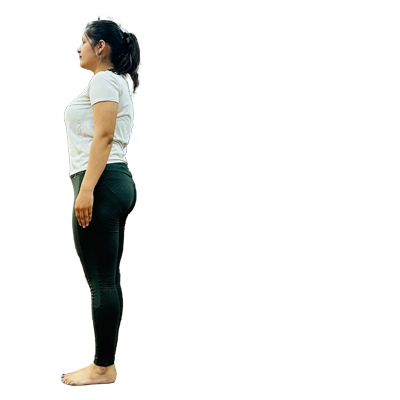
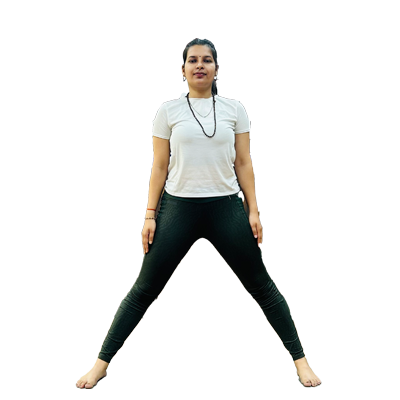
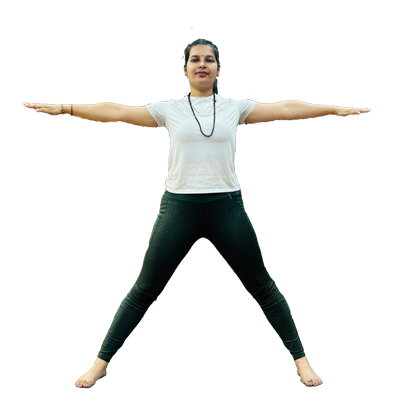
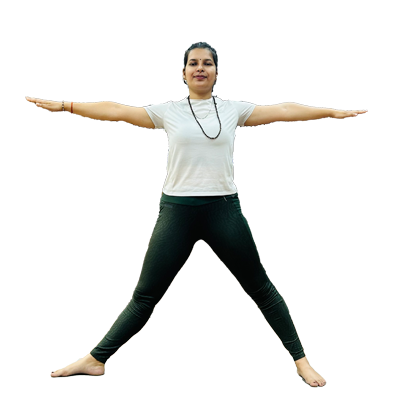
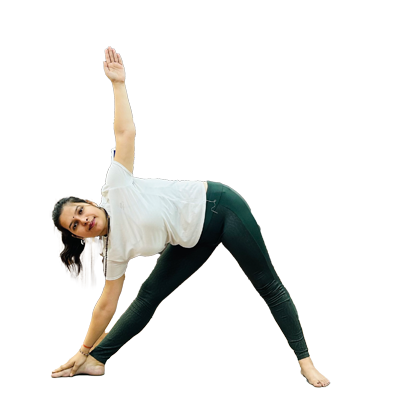
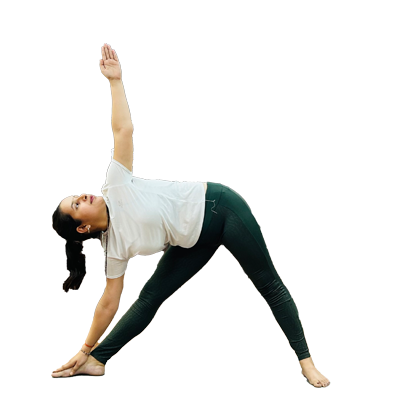
Benefits
- Targets hips, groin, hamstrings, and chest. Provides a good stretch, making the muscles of that area strong and flexible.
- Enhances breath by opening the chest, improving lung function and potentially aiding in lung-related issues.
- Improves balance and focus, helping in decision-making and clearing unnecessary thoughts.
- De-stresses and energizes you for the whole day.
- Extends or lengthens the spine, improving posture.
- Helps treat digestive issues.
- Boosts mental health and helps manage anxiety.
Breathing and Time Pause
Take one deep inhale and while bending sideward, exhale deeply. Then, resume normal breathing. Hold the posture initially for 2-3 breaths and gradually increase as per your practice and convenience.
Population
This asana can be done by anyone under proper guidance. Once you are familiar with the asana, you can practice it on your own. Kids, teenagers, and elderly people can also practice with slight modifications.
Contraindications/Precautions
- Pregnant women should avoid this asana as it stretches the hip muscles.
- Avoid if suffering from migraine, diarrhea, or blood pressure issues (both high and low).
- Avoid if you have an injury in the shoulder, knee, hips, or ankle.
- Avoid if you have recently had surgery.
Warm-up Poses
A golden rule: Before initiating any asana, do a proper warm-up or stretching to prevent injuries and to perform the asanas more comfortably and accurately.
- Stretching (Ankle, wrist, hip)
- Forward bending
Trikonasana Variations
- Triangle Pose Hand to Side
- Revolved Triangle Pose
- Extended Triangle Pose
Follow-up Asanas
- Virabhadrasana II (Warrior Pose II)
- Tadasana
क्या आप योग में करियर बनाने को लेकर "Confuse" हैं?
Join Free Webinar By Maneesh Sir
- Know About Opportunities in the Growing Yoga Sector.
- Learn from a Yoga Teacher with Over 15 Years of Experience.
- Special Offer for Webinar Attendees.

